For those who crave adrenaline and an unparalleled sense of freedom, aerobatic flights offer an electrifying experience. Flying through the sky in daring maneuvers like loops, rolls, and spins delivers a rush that combines skill, physics, and sheer thrill. Aerobatic flights push the limits of what planes and pilots can do, making them a favorite for adventure seekers and aviation enthusiasts alike.
What Are Aerobatic Flights?
Aerobatic flights involve flying an aircraft through precise and often extreme maneuvers that showcase the pilot’s skill and the aircraft’s capabilities. These flights are performed in specially designed planes, which are built to withstand high G-forces and rapid directional changes. From gentle loops to heart-pounding vertical dives, aerobatic flying is as much an art as it is a science.
Iconic Aerobatic Maneuvers
1. Loops : A loop involves flying the aircraft in a vertical circle, starting from level flight, pulling up into a climb, continuing over the top, and descending back to the starting altitude. It’s a maneuver that gives passengers a stunning view of the Earth below and the horizon spinning around.
2. Rolls : A roll involves rotating the aircraft 360 degrees around its longitudinal axis. There are different types, including aileron rolls, barrel rolls, and slow rolls, each delivering a unique sensation and perspective.
3. Spins : Spins occur when the aircraft spirals downward in a controlled stall. While this maneuver might look dramatic, skilled pilots ensure it’s performed safely and with precision.
4. Hammerheads : In this daring maneuver, the pilot flies vertically upward until the plane almost stalls, then pivots the aircraft around its yaw axis to descend vertically.
5. Cuban Eights : A Cuban eight combines loops and rolls into a graceful figure-eight pattern, offering passengers a thrilling combination of sensations.
The Experience of an Aerobatic Flight
1. The Build-Up : Before the flight, participants receive a safety briefing and an overview of what to expect. Pilots often tailor the flight to the passenger’s comfort level, starting with simpler maneuvers and progressing to more advanced ones if desired.
2. The Adrenaline Rush : As the aircraft takes off, anticipation builds. Once at altitude, the pilot begins the aerobatic sequence. Each maneuver delivers a unique sensation, from the weightlessness of a loop’s apex to the intense G-forces during a high-speed turn.
3. Views Like No Other : Beyond the thrill, aerobatic flights offer stunning, ever-changing views of the landscape, horizon, and sky, giving passengers a perspective few ever experience.
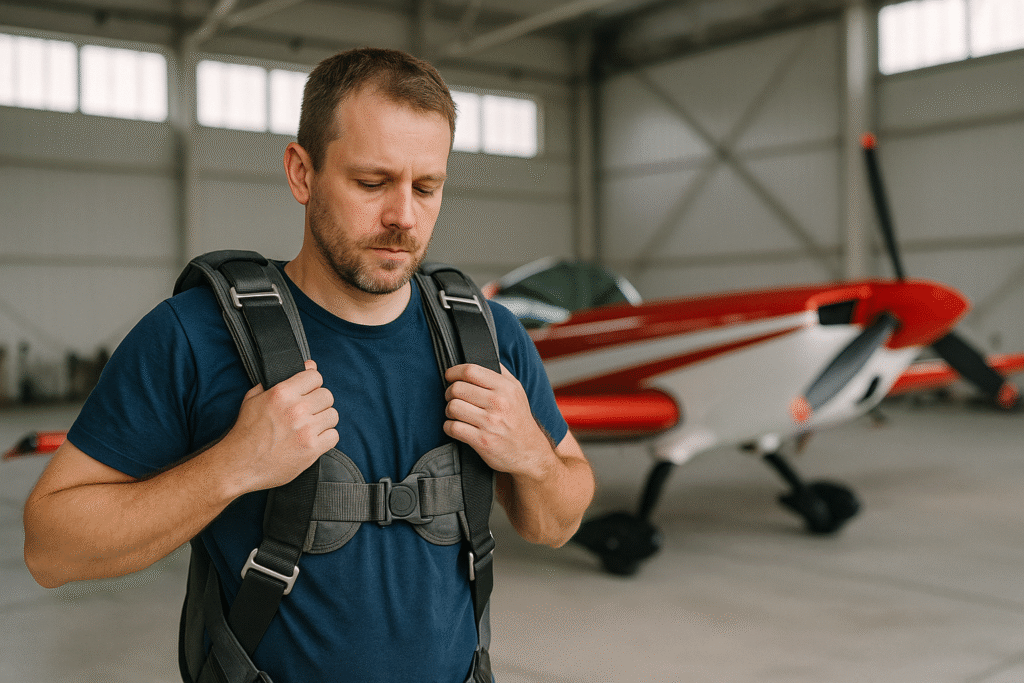
Is an aerobatic flight right for you?
Aerobatics are pure joy—loops, rolls, hammerheads, spins—but they also introduce G-loads, quick attitude changes, and sensory overload. If you’ve had recent surgery, ear/sinus issues, heart conditions, or you’re pregnant, talk with your doctor first. You don’t need a pilot medical to ride along, but you should disclose any concerns to your instructor. Know the basics of what “aerobatic flight” is (and isn’t): the FAA defines where aerobatics are prohibited (e.g., over congested areas, within Class B/C/D surface areas without clearance, below 1,500 AGL, etc.). Read the rule so you know what a legit operator will and won’t do: 14 CFR §91.303 — Aerobatic flight. If a flight includes intentional maneuvers that exceed 60° of bank or 30° of pitch (outside of training/test exceptions), parachute requirements can apply; operators will brief this—see 14 CFR §91.307.
Pick a reputable operator (and the right airplane)
Choose an instructor with aerobatic credentials or active membership in your local chapter of the International Aerobatic Club (IAC). Ask about maintenance and aircraft type. Common aircraft for intro flights include the Extra 300/330, Pitts S-2C, Super Decathlon, and CAP 10C; all can deliver big smiles at different intensity levels. If you’re brand new, a Decathlon or CAP 10C can be a gentler first step than a high-performance Extra.
Who Can Participate?
Aerobatic flights are accessible to most people, although participants should:
- Be in good health and free of serious medical conditions.
- Be prepared for the physical demands of high G-forces.
- Follow the operator’s guidelines regarding age, weight, and height restrictions.
Aircraft Used in Aerobatic Flying
- Extra 300: A popular aerobatic aircraft known for its agility and strength, capable of withstanding up to 10G.
- Pitts Special: A classic biplane beloved for its maneuverability and iconic design.
- Sukhoi Su-26: A Russian aerobatic plane built for high performance and precision.
- Zivko Edge 540: Often used in competitive aerobatics and air racing, this aircraft is a favorite for advanced pilots.
Tips for Your First Aerobatic Flight
- Dress Comfortably: Wear lightweight, flexible clothing and avoid heavy meals before the flight.
- Communicate: Let the pilot know your comfort level and any preferences regarding the intensity of the maneuvers.
- Stay Relaxed: Tension can increase motion sickness. Focus on breathing and enjoy the sensations.
- Capture the Moment: Many operators provide in-cockpit cameras to record your experience.

Pre-flight health prep: beat motion sickness and G-stress
Your goal is to arrive well-rested, hydrated, and calm. Eat a light, bland meal 2–3 hours beforehand (think toast, banana, yogurt). Skip alcohol the day before and heavy, greasy foods. Ginger chews or tea help some people; over-the-counter options like meclizine or scopolamine should be used only with medical guidance. Practical anti-nausea tips from pilots and physicians: AOPA Motion Sickness. During the flight, breathe steadily, keep your head still during pull-ups, and look outside (don’t stare at gauges). If you start to feel off, say it early. Good instructors can instantly dial the profile down or pause.
Understand basic G-tolerance behavior. Positive Gs (pulling through a loop) can dim your vision; negative Gs (pushed over the top) feel floaty and can be more provocative. You’ll learn a simple anti-G strain—tighten your core/legs and time a brisk exhale during the pull—to keep blood in the brain. Hydrate before and after.
What to wear and bring
Clothing: comfortable, breathable layers, athletic shoes with good heel-feel, no loose scarves or jewelry. Long hair secured. Many operators provide a soft helmet or headset and a sick sack (just in case). Empty your pockets—phones, keys, and coins become projectiles in negative G.
Documents: a government ID, any waivers the operator sent, and a water bottle for after the flight. If you use glasses, bring a snug strap.
GoPro & cockpit cameras: get the shot safely (and legally)
Cameras are awesome keepsakes—when they’re mounted safely. Inside the cockpit, suction cups or clamp mounts may be allowed if your operator approves and placement does not interfere with controls or emergency egress. Exterior mounting is far more regulated; don’t stick anything to the outside of the airplane without a proper mounting solution and authorization. For a practical overview of camera legality and best practices, see EAA: Cameras & Aircraft—What’s Legal?.
Audio: If you want intercom audio, you’ll need a GA-to-3.5mm adapter approved by the operator (some provide a panel recorder). Bring spare batteries, a large memory card, and, if it’s bright, an ND filter to prevent jello/shutter-banding.
Quick, operator-friendly placements:
• Over-shoulder clamp facing forward (captures stick, horizon, and your smile)
• Low, center canopy suction (won’t block sight lines)
• Rear shelf mount (if available) for a wide cabin view
Your briefing: set expectations and a “pause” signal
A good brief will cover: belts, canopy/door latches, sick-sack location, intercom use, profile order (gentle to spicy), and a clear “pause” or “stop” word. Many instructors start with wingovers and aileron rolls before loops and Cuban eights. You should also hear where aerobatics are allowed (altitudes/boxes) per §91.303 and whether parachute rules in §91.307 apply to your sortie. If you’re doing spin awareness or UPRT elements, the instructor will explain entry/recognition/recovery and how they’ll keep you inside approved envelopes.
What a first-timer actually feels (and how to enjoy it)
Rolls feel like a smooth, one-G roll of the world—less stomach-churning than a roller coaster. Loops feel like a firm push into your seat at the bottom, light at the top, then firm again; talking and breathing prevent breath-holding jitters. Spins (if part of training) are taught with a firm plan: power idle, ailerons neutral, opposite rudder, forward elevator—then recover to straight and level. You’ll never be rushed into a maneuver; profiles are opt-in.
Pro tip: narrate what you see in real time (“horizon… 45°… inverted… coming down the backside”)—it reduces sensory overload and makes for great footage.
After the flight: recover, review, repeat
Hydrate, walk a bit, and give your vestibular system ten minutes before a long car ride. If you shot video, ask the instructor to debrief a favorite maneuver—what went well, what to tweak—and note any headset or mount changes for next time. New goal? Many riders return for a dedicated UPRT or spin endorsement path (where applicable)—see our Advanced Skills & Endorsements hub.
Quick pre-flight checklist (copy/paste)
• Light, bland meal; hydrate; no alcohol since yesterday
• Ginger or approved med ready; ID and waiver packed
• Comfortable layers, snug shoes, hair secured, pockets empty
• Camera plan cleared with operator; mounts/adapter/batteries/cards packed
• Agree on “pause” word; know sick-sack location
• Brief where aerobatics are legal (§91.303) and any parachute rules (§91.307)
Resources you can trust
• IAC — Getting Started in Aerobatics: safety culture, clubs, instructors: iac.org
• AOPA — Motion Sickness Tips: practical, pilot-tested strategies: aopa.org
• EAA — Cameras & Aircraft: legal mounting guidance and best practices: eaa.org
• FAA — Aerobatic Flight Regs: §91.303 and §91.307 (parachutes)
Bottom line: Show up rested, communicate early, keep the camera plan simple and approved, and let your instructor tailor the ride. With the right prep, your first aerobatic flight will be equal parts adrenaline and artistry—and you’ll walk away with safe, gorgeous footage to prove it.
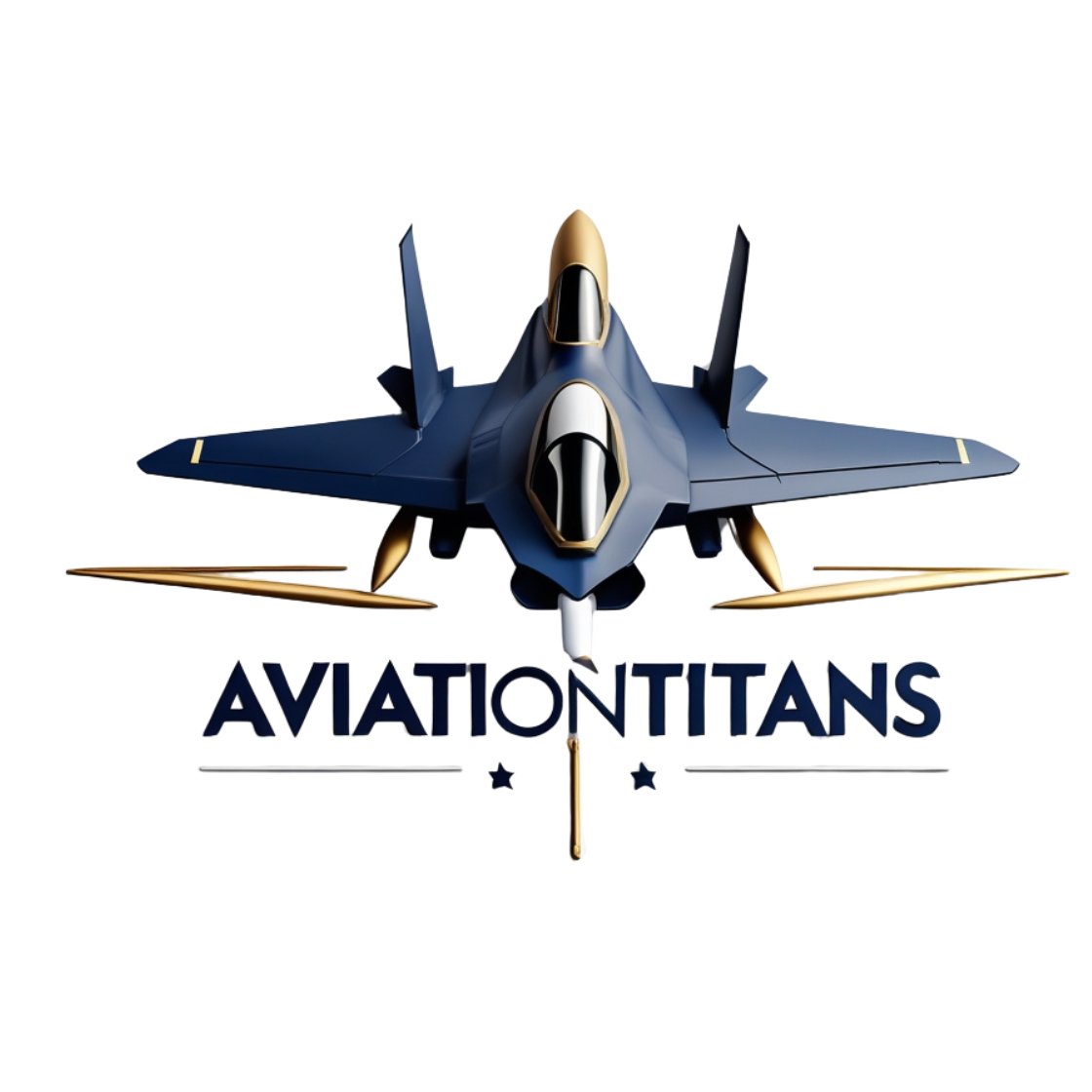
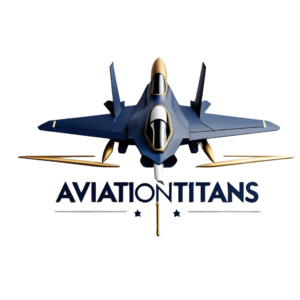
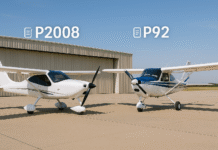
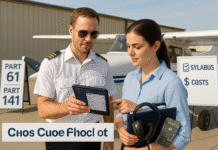
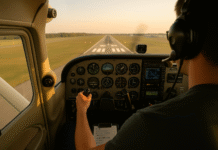

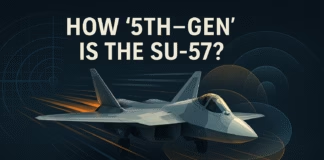
Enjoyed studying this, very good stuff, thanks.